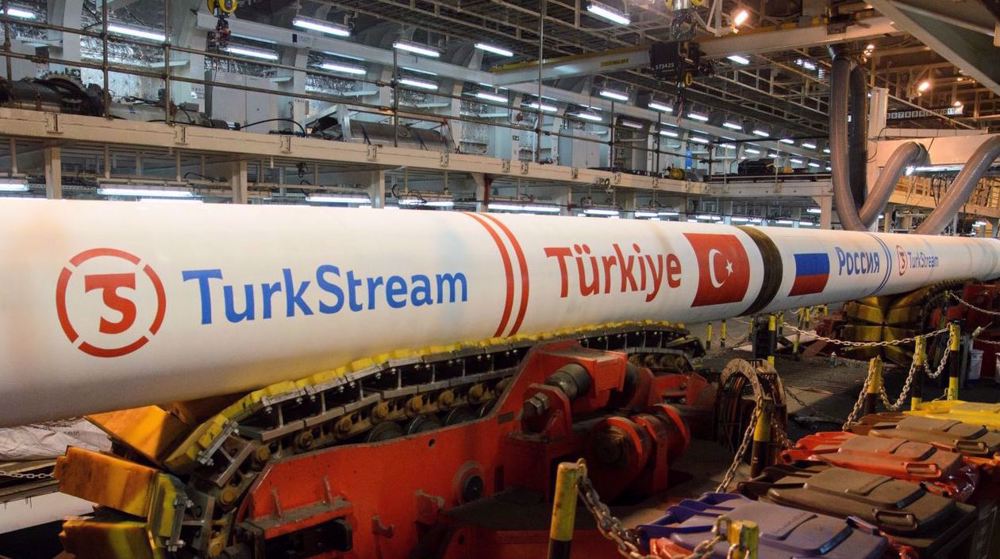Meet Akademik Lomonsov: World’s 1st floating nuclear plant
Russia has officially launched the world’s first floating nuclear power plant on board a giant ship, as part of Moscow’s long-term program to address energy shortages in the country’s rugged north and Far East region.
The floating nuclear power unit (FPU) Akademik Lomonosov, named after the famed Russian scientist Mikhail Vasilyevich Lomonosov, was towed Saturday out of a St. Petersburg shipyard, where it had been under construction since 2009.
The ship is expected to sail through the Baltic Sea and arrive in Murmansk, where it will receive nuclear fuel for the first time and undergo preparations before setting sail for its operational base at the Arctic port of Pevek, in the Chukotka region in Russia’s Far East, where it will dock.
It is expected to come online in summer 2019, after a nuclear plant nearby is taken off the grid.
On board the ship, there are two modified naval propulsion reactors, which are found on warships and which allow the 69-crew vessel to produce up to 70 MW of electricity, or 300 MW of heat. That is enough energy to power a town of up to 100,000 people, according to Russia’s State Atomic Energy Corporation, Rosatom, which operates the ship.

Lmonsov will also be used to power oil and gas plants.
“Its main task is to provide remote industrial plants, port cities, as well as offshore gas and oil platforms with electric energy,” read a statement from the company.
The FPU belongs to Russia’s Floating Nuclear Thermal Power Plant (FNPP) fleet, which Rosatom says is designed to withstand the harshest conditions at sea.
“The FNPP is designed with the great margin of safety that exceeds all possible threats and makes nuclear reactors invincible for tsunamis and other natural disasters,” the company said in the statement.
“In addition, the nuclear processes at the floating power unit meet all the requirements of the International Atomic Energy Agency (IAEA) and do not pose any threat to the environment,” it added.
The statement was aimed at allaying concerns raised by some pro-environment groups about the potential hazards of having such powerful reactors floating on water.
Greenpeace has been one of the vocal critics of the program, dubbing Lomonsov a “floating Chernobyl” and a “nuclear Titanic.”
“This hazardous venture is not just a threat to the Arctic, but, potentially, to other densely populated or vulnerable natural regions too,” said Greenpeace nuclear expert for central and Eastern Europe Jan Haverkamp.
Officials in Scandinavian nations, including Norway and Sweden, have also voiced concerns about possible mishaps on the ship.
Russia has rejected the criticisms, however, and plans to push ahead with the FNPP program.
Construction work for a second FPU is expected to begin next year.
While Russia is the first country to use naval propulsion reactors for civil energy purposes, they have been around for years, and many countries, including the US and France, have been using them to power their warships.
Jan. 15: ‘Axis of Resistance’ operations against Israeli occupation
VIDEO | US fires: Criticism mounts over govt. failure to respond
VIDEO | Fears, hope in Gaza amid intensified ceasefire efforts
VIDEO | Press TV's news headlines
Hamas: Ceasefire agreement result of steadfastness, resistance in Gaza over 15 months
Hamas thanks Iran, Resistance Front following achievement of ceasefire in Gaza
'Capitulation': Israeli officials and media concede Gaza defeat as truce unfolds
'Gaza has won': Social media users react to ceasefire with mix of relief, joy









 This makes it easy to access the Press TV website
This makes it easy to access the Press TV website